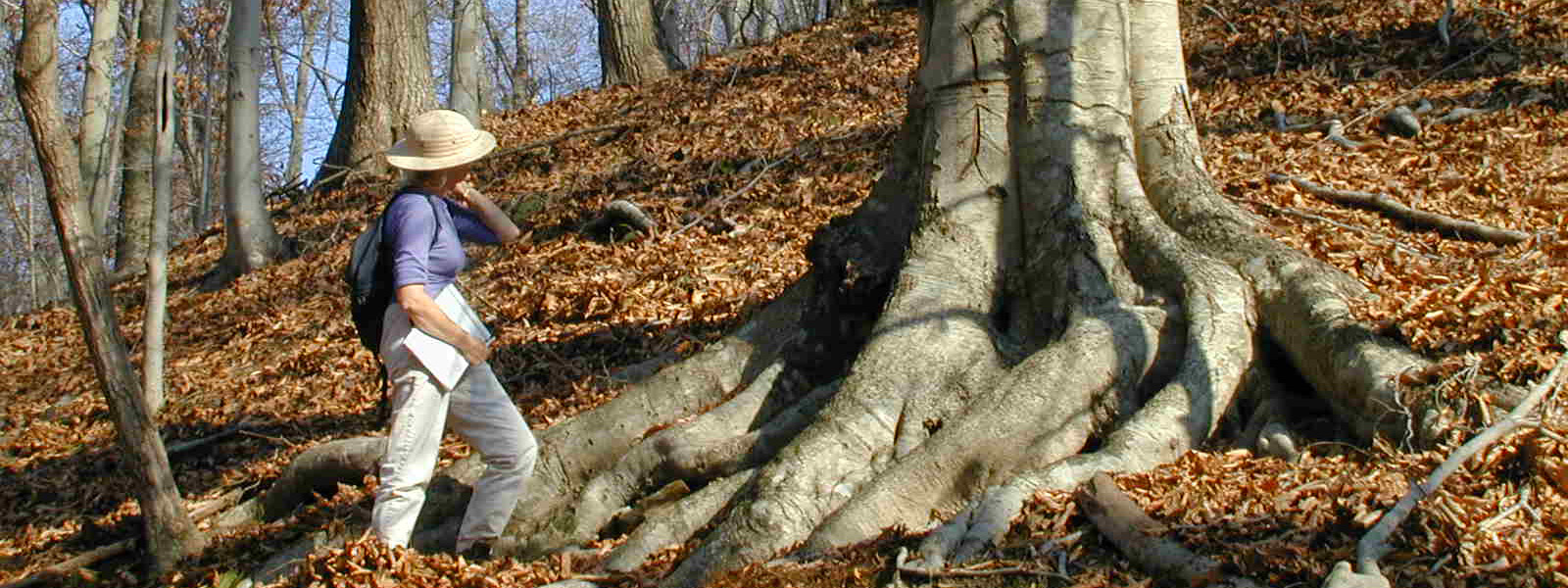Montgomery County has been a leader in the adoption of forward-thinking policies that emphasize land preservation for resource conservation and agriculture, protection of our streams, forests, trees, wetlands, and reduction of greenhouse gas emissions, thanks in no small part to our General Plan’s long-range vision, which previous created the Agricultural Reserve, among other achievements.
Today, however, climate change has exacerbated existing environmental challenges, demanding more focus on sustainability and resilience, especially for communities with larger populations of people of color and low-income communities that are more vulnerable to the worst impacts of climate change due to past and present patterns of discrimination.
Thrive Montgomery 2050 prioritizes policies and practices that address climate mitigation, adaptation, and the creation of community resilience. It supports the transition to renewable energy generation, distributed energy systems, modernization of the power grid, and energy conservation. It recommends incorporating green infrastructure into our urban areas, paying particular attention to our Equity Focus Areas. The Plan also anticipates the need to improve the resilience of public and private infrastructure to withstand more severe weather and protect us from the effects of climate change.
Drafted in parallel with the county’s 2021 Climate Action Plan, Thrive Montgomery 2050 recommends a compact form of development with a mix of uses, supported by transportation systems that make alternatives to driving practical and attractive and are essential pieces of any comprehensive strategy to fight climate change. A stronger focus on walking, biking, and transit infrastructure will be crucial, but the significance of mixed uses and compact development in reducing driving is equally important. The environmental benefits of dense, walkable neighborhoods also dovetail with the increasing preference across age groups to live in walkable places served by a mix of uses and amenities.
Key recommendations
- Improve the environmental sustainability of growth by encouraging infill and redevelopment to curb sprawl and bring areas built out in an era with little or no environmental regulations up to robust standards for stormwater management and other state-of-the-practice environmental standards.
- Sustainably manage land outside growth corridors and Complete Communities to increase biodiversity, improve the health of natural habitats, preserve privately owned forests, protect watersheds and aquifers, and improve water quality while providing expanded opportunities for outdoor recreation, including vigorous physical activity.
- Support alternative clean energy generation, distributed energy, battery storage and grid modernization; and better facilitate composting/food waste recovery and other circular economy initiatives.
- Encourage state-of-the-practice sustainability features such as net-zero/carbon-positive buildings, biophilic design and on-site energy generation for new public buildings and large private developments on sites across the county.
- Encourage increasing the share of zero-emission vehicles by requiring appropriate transportation, charging, and power infrastructure, as well as upgrading government fleets.
- Reaffirm the Montgomery Parks’ commitment to resource conservation, stewardship, and sustainability practices such as innovative stream and habitat restoration projects.
